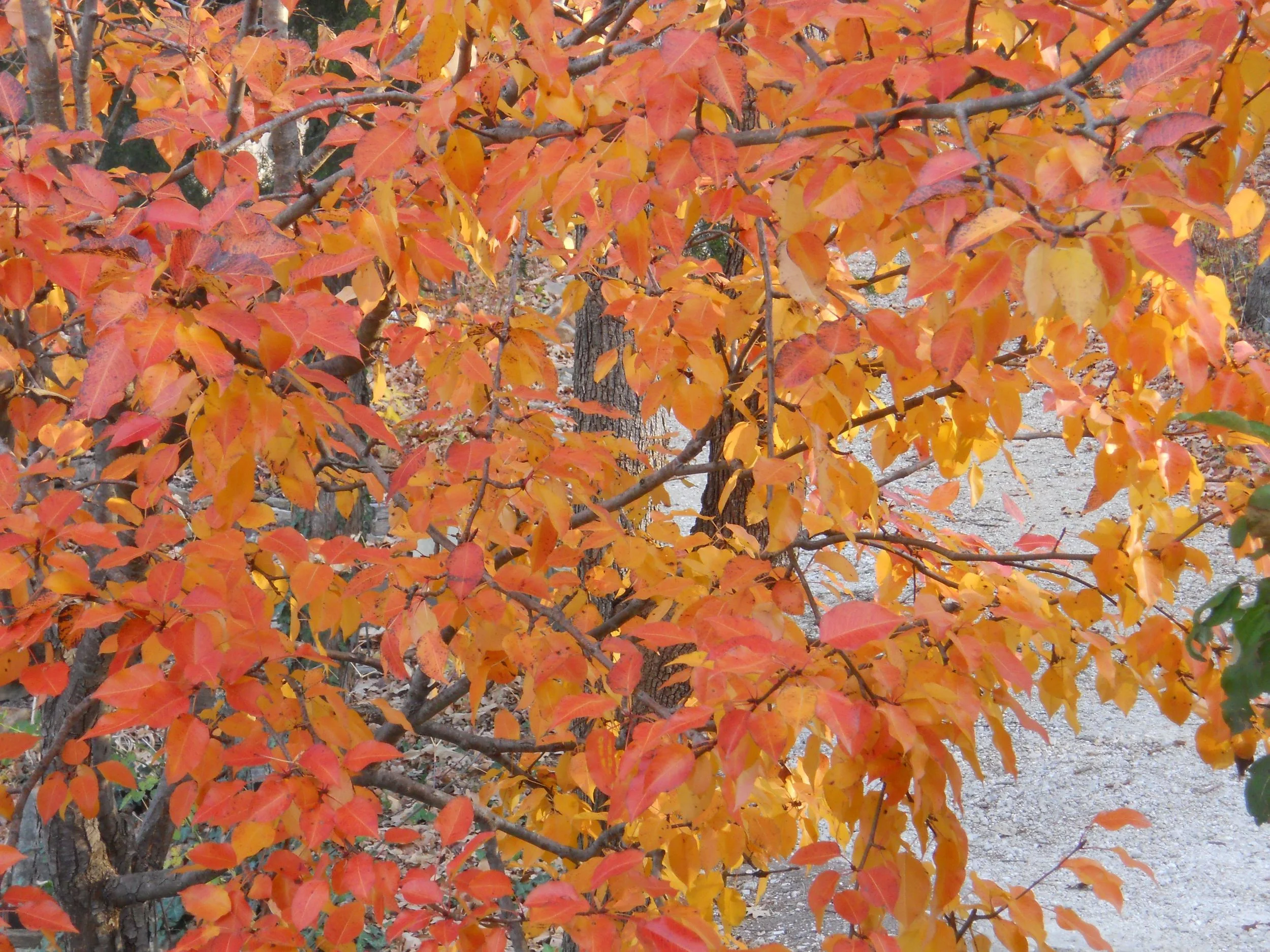Painted Ladies Migration
/Painted Ladies Migration
Did you know that painted ladies butterflies are migrating in record numbers this year? Me, neither although I suspected something was up when I spotted a kaleidoscope of painted ladies on my Autumn Joy Sedum plants early September. About the same time, several readers emailed me photos of butterflies they thought were Monarchs. Easy to confuse the two since both Monarch butterflies and painted ladies are orange and black.
According to Chip Taylor, the director of Monarch Watch, based at the University of Kansas in Lawrence, this is “the largest migration of painted ladies” he has seen in “more than 30 or 35 years.”
The migrants start as far north as southern Canada and travel to northern Mexico and Texas. It will take five or six generations to make the trip and return.
“Painted lady migrations leave a trail of dead bodies as they move across the country,” Taylor said.
Monarch butterflies, on the other hand, will live six to nine months after they become adults. The same individual will make the trip to their winter grounds in Mexico and back.
“No painted lady makes a two-way migration,” Taylor said.
Painted ladies are the most widely dispersed butterfly species, observed on every continent except Antarctica and Australia. It’s the species most commonly raised in classrooms.
Painted ladies often are mistaken for monarchs. Monarchs have white dots on black bodies and the orange and black pattern is sharp and clear. Painted ladies have brown bodies and the pattern on their wings is not as delineated.
Both take about a month to become adults, but painted ladies seem to live only two or three more weeks. Both Monarchs and painted ladies are seen feeding on many of the same flowers.
How many Painted ladies butterflies do you see on this Autumn Joy Sedum? There are a couple of honeybees, too!
Taylor said painted ladies have been feeding on thistle, sunflowers and soybeans. In my garden, they were also on Autumn Joy Sedum and New England Asters. Unlike monarchs, painted ladies can be found on the ground while migrating.
The week prior, a number of Monarch butterflies had landed on the same Autumn Joy Sedum plants, the first time in several years that I had seen so many Monarchs at one time. As a certified Monarch Way Station, it was exciting to see the numbers of butterflies on the increase in my garden.
Each fall, hundreds of millions of Monarch butterflies migrate from the United States and Canada to overwintering areas in Mexico and California. That’s where they winter untilconditions favor a return flight in the spring. The monarch migration is truly one of the world's greatest natural wonders, to think butterflies leave and several successive generations later, they arrive at their destination.
However, habitat loss continues to threaten their ability to make this amazing journey across North America both this time of year and throughout the spring and summer breeding range. Monarch Way Stations are places that provide resources necessary for monarchs and other butterflies to migrate.
To become a certified Monarch Way Station, and to see what kinds of plants and other resources you should have in your garden to help pollinators, visit monarchwatch.org.
Charlotte













